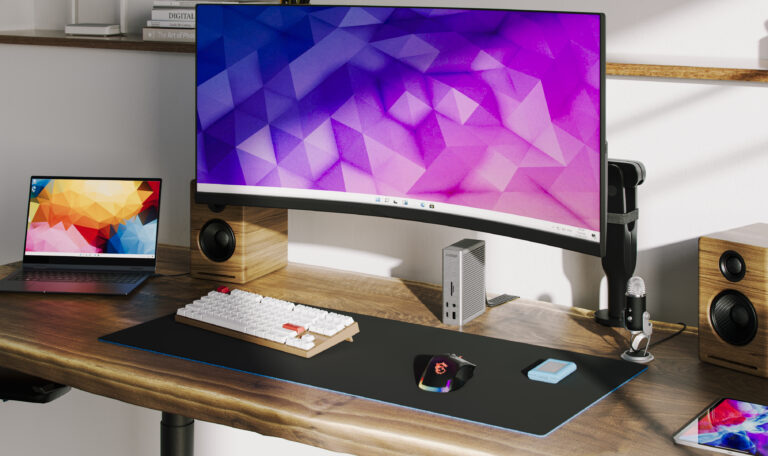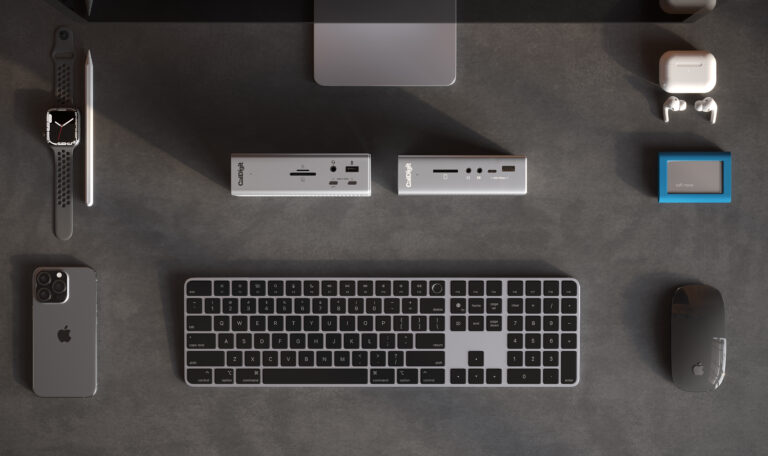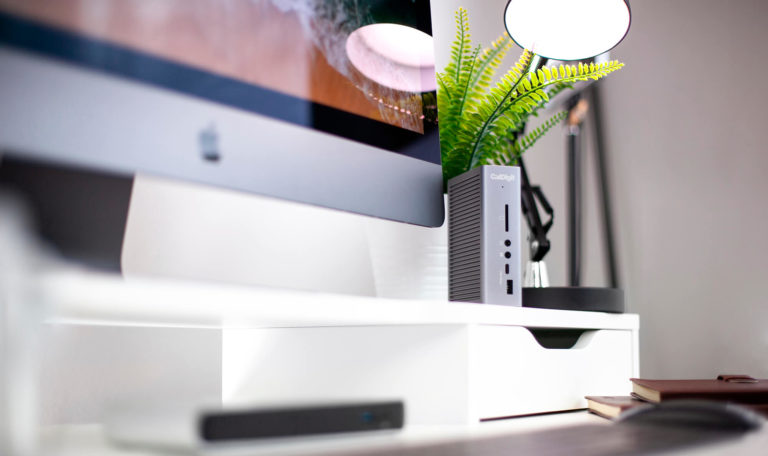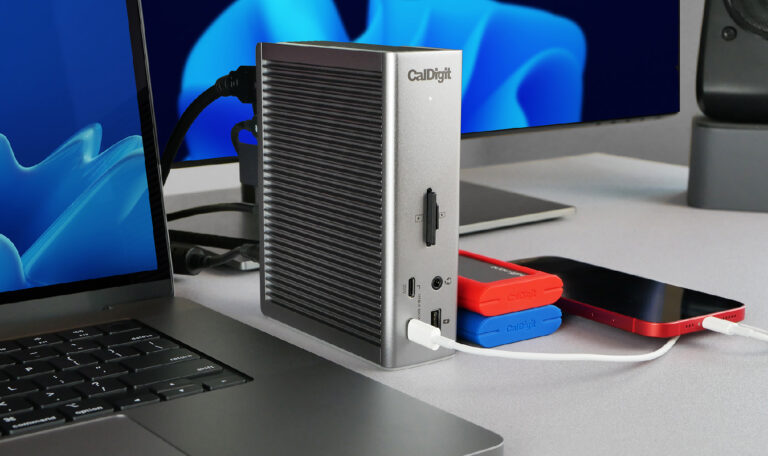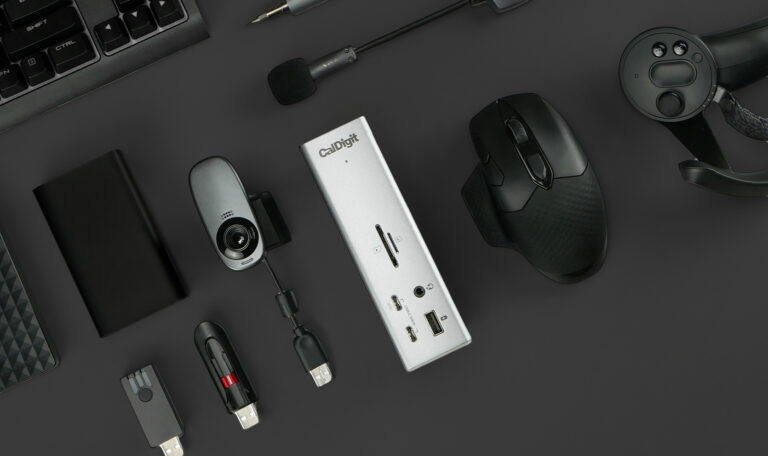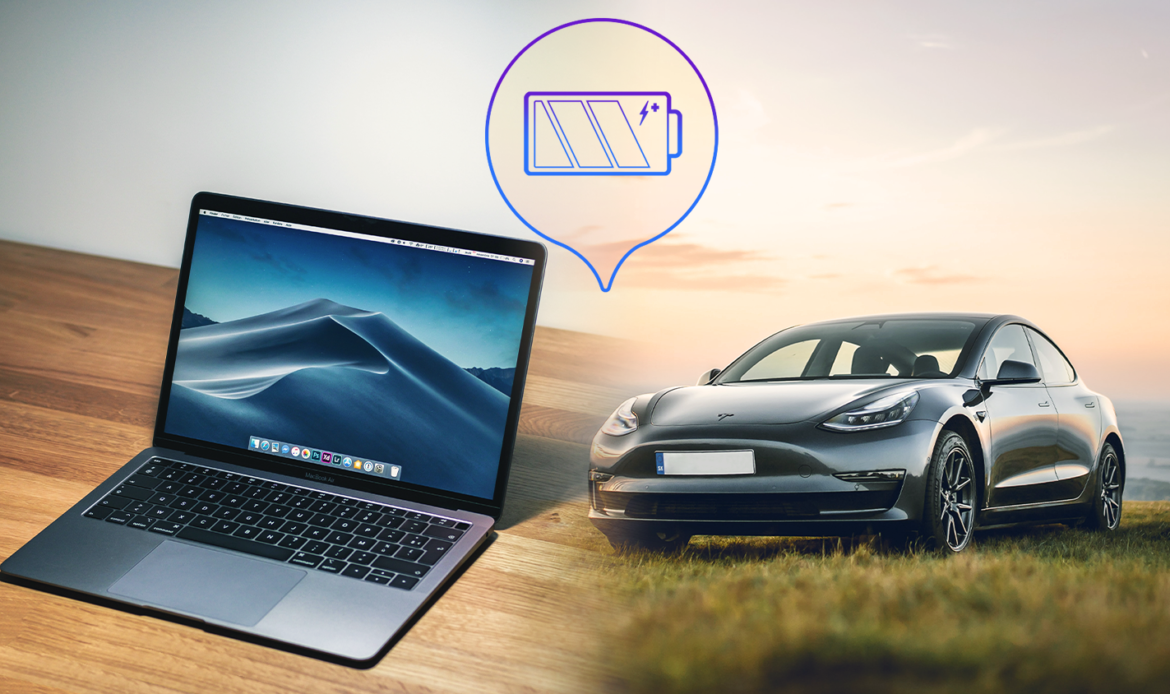
Thunderbolt 3 is capable of delivering 100 watts through a single cable, yet there isn’t a dock that is capable of producing 100 watts for a simple reason.
Safety. (Heck, even Apple limits the new MacBook Pro 13” and 16” to 96 watts.)
This concept is applicable to most batteries on the market, but is probably familiar and more understandable to someone that owns an electric vehicle.
The State-of-Charge (SOC) and state-of-heathy (SOH) are two critical indices of battery management and is directly controlled by Apple through the firmware and OS. Dell, Lenovo, HP, and other PC companies do the same thing, but Apple is often the most conservative when it comes to power delivery.
Similar to electric vehicles, Apple’s firmware limits the duration of fast charging because fast charging can degrade the health of the battery. We are all too familiar with inserting the Thunderbolt or USB-C cable and watching our battery levels expand, but what is happening inside your computer is a complicated transaction. Depending on the current state of your battery the firmware will limit the amount of wattage to charge your battery, and will eventually trickle down when your computer reaches 80% (roughly), regardless whether your adapter can supply 85, 87, or 96 watts.
The reason is simply to protect and prolong the health of your computer’s battery. Fast charging when your battery is between 20 and 80% is fine, but all that power for the last leg is bad for the longevity of battery.
Ask any Tesla owner when they are on a Tesla Supercharger and they will attest that the last bit of charging their cars slow to a crawl.
There is no question 96 watts will get you faster to 100% compared to an 85 or 87 watt charger, but in our tests it was a matter of 5-10 minutes. The small benefit is because all chargers regulate the amount of wattage once it reaches 80% (give or take a few percentages depending on firmware and OS).
This
is why both our USB-C Pro and TS3 Plus provide 85 watts or above. We adhere to
Apple and Intel standards to limit damage to your battery, and provide enough
power so there is no battery drain regardless of how demanding your workflow
may be.
Finally, if you have a demanding workflow then you must avoid docks that supply
60 or 65 watts. With only 60 to 65 watts of charging power users will definitely
see battery drain during heavy use scenarios such as rendering 4K, gaming, or
transferring large swaths of data.


